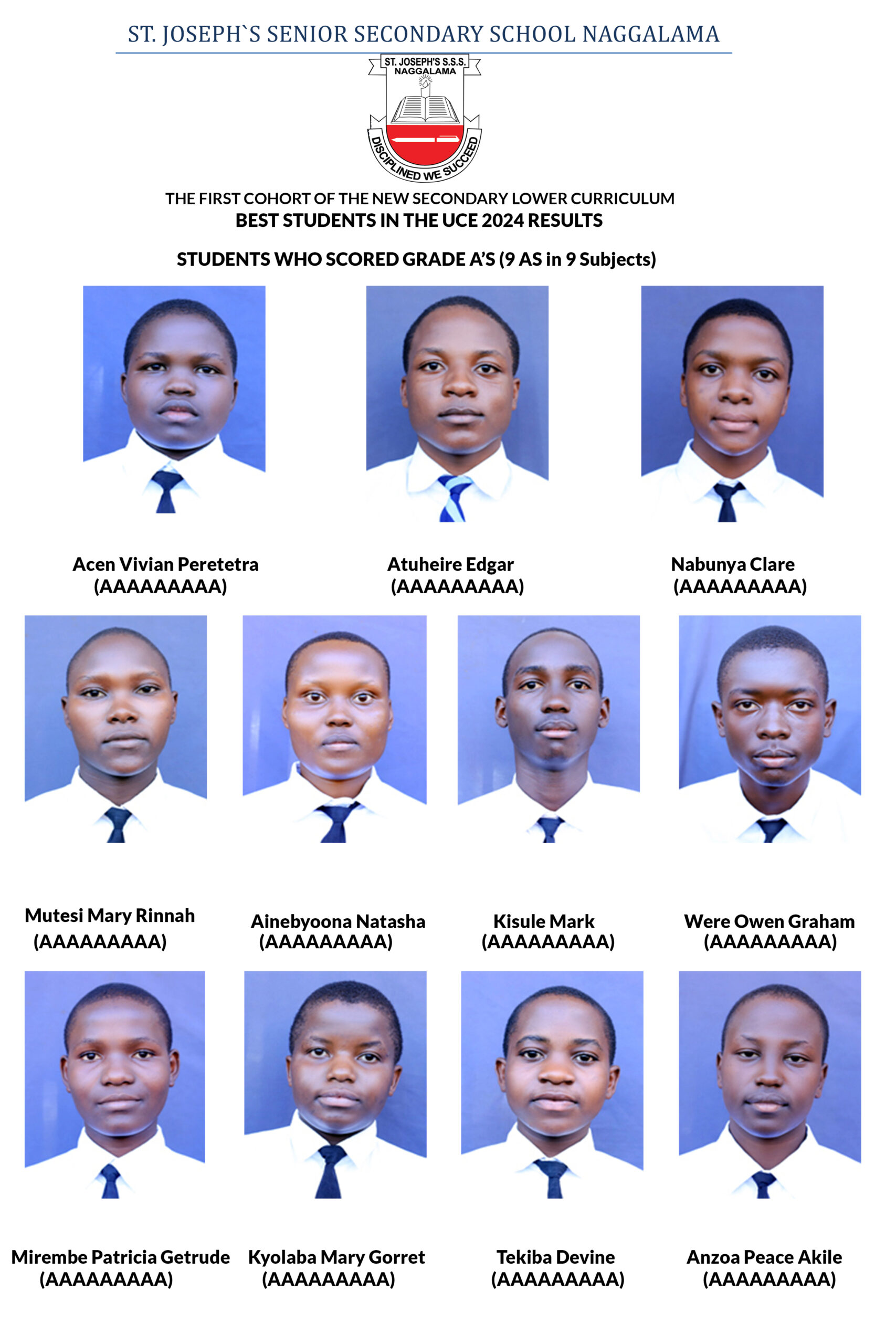Uganda’s education system has undergone significant reforms with the introduction of a new lower secondary school curriculum in 2020, aiming to shift from a knowledge-based to a competency-based approach. This reform emphasizes critical thinking, creativity, collaboration, communication, information literacy, ICT proficiency, and flexibility among learners.
Key Features of the New Curriculum:
- Subject Structure: Students in Senior One and Two now study 12 subjects, with 11 compulsory and one elective. Compulsory subjects include English, Mathematics, History, Geography, Physics, Biology, Chemistry, Physical Education, Religious Education, Entrepreneurship, and Kiswahili.
- Integration of Disciplines: Some subjects have been restructured to provide a more holistic education. For instance, Music now encompasses dance and drama under “Performing Arts,” while Fine Art has evolved into “Art and Design,” incorporating design elements.
- Assessment Methods: The curriculum introduces formative assessments, where teachers compile learners’ achievements over the four-year cycle. This continuous assessment contributes 20% to the final national examinations grading, promoting consistent learner engagement.
Implementation Experiences:
A study by the Economic Policy Research Centre (EPRC) in January 2025 highlighted both the potential and challenges of the new curriculum. While it holds promise for equipping students with essential skills for the evolving job market, challenges such as insufficient ICT equipment, confusion over project work, and weak parental support have been identified.
Further research indicates that teachers generally perceive the curriculum positively. However, concerns about the sufficiency of instructional materials, infrastructure quality, large student-to-teacher ratios, and limited access to technological resources persist, potentially hindering effective implementation.
Recent Developments:
In February 2025, the Ministry of Education unveiled an abridged A-Level curriculum for the first cohort of students under the new lower secondary curriculum. This initiative aims to align A-Level education with the competency-based approach, ensuring continuity in the learning experience.






